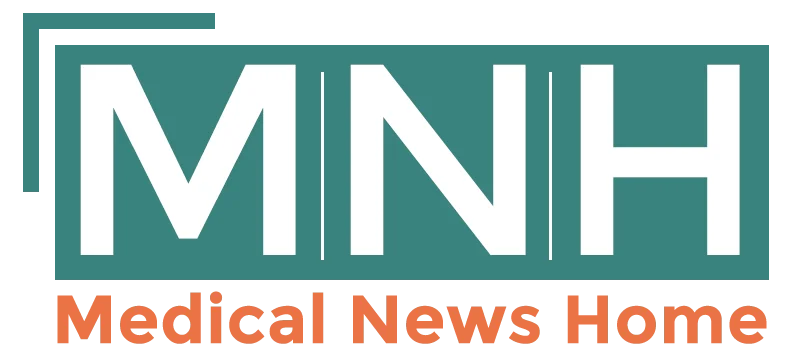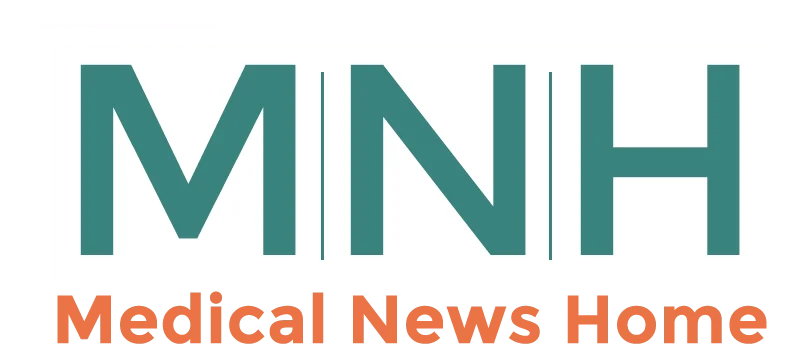The Use of Telemedicine and Remote Monitoring in the COVID-19 Pandemic
- Updated on: May 7, 2025
- Published on Jan 24, 2023

Telemedicine and remote monitoring are digital tools that allow healthcare providers to deliver care and monitor patients remotely. These technologies have many benefits, including improved access to care, reduced costs, and improved patient outcomes. However, they also have limitations, such as the need for reliable internet access and the potential for reduced face-to-face interaction between patients and healthcare providers. In addition, privacy and security concerns must be addressed to ensure the protection of sensitive patient information.
The impact of COVID-19 on the healthcare system and the need for telemedicine and remote monitoring
The COVID-19 pandemic has had a significant impact on the healthcare system, leading to an increased demand for care while also putting a strain on traditional healthcare delivery methods. Hospitals and clinics were quickly overwhelmed by the influx of patients, leading to overcrowding and a shortage of personal protective equipment (PPE) and other essential supplies. This created a need for alternative solutions to provide care to patients while also reducing the risk of spread of the virus.
Telemedicine and remote monitoring have played a crucial role in addressing these challenges. They provide a way for healthcare providers to deliver care and monitor patients remotely, reducing the need for in-person visits and lowering the risk of spread. Telemedicine technology, such as video conferencing, enables healthcare providers to conduct virtual consultations with patients, and remote monitoring devices allow patients to send vital signs and other data to healthcare providers for monitoring. These technologies have helped to alleviate the strain on traditional healthcare systems, improved access to care and have been instrumental in preventing further spread of the virus.
Types of telemedicine and remote monitoring technologies
Telemedicine and remote monitoring technologies can be broadly categorized into three main types: video conferencing, remote monitoring devices, and mobile health applications.
Video conferencing technology, such as Zoom, Skype, or Google Meet, enables healthcare providers to conduct virtual consultations with patients. These platforms are typically easy to use and can be accessed from any device with internet access. They allow for real-time communication between patients and healthcare providers and can be used for a wide range of medical consultations, including mental health, primary care, and specialist consultations.
Remote monitoring devices, such as wearable fitness trackers or blood pressure monitors, allow patients to send vital signs and other data to healthcare providers for monitoring. These devices can be used to track chronic conditions, such as diabetes and hypertension, and can provide early warning signs of potential health issues.
Mobile health applications, such as virtual care apps, are designed to help patients manage their health and communicate with healthcare providers. These apps can be used for symptom tracking, appointment scheduling, and medication management. They can also provide educational resources and support to help patients better understand and manage their conditions.
The capabilities of telemedicine and remote monitoring technologies have greatly expanded the ability for healthcare providers to provide care to patients remotely. However, the limitations of these technologies include the need for reliable internet access, potential for reduced face-to-face interaction between patients and healthcare providers, and the need for privacy and security measures to protect sensitive patient information. Additionally, the cost of these technologies, both for patients and healthcare providers, can be a barrier to widespread adoption.
The benefits of telemedicine and remote monitoring for patients and healthcare providers
Telemedicine and remote monitoring technologies have many benefits for both patients and healthcare providers.
For patients, telemedicine and remote monitoring can:
- Improve access to care, especially for patients in rural or remote areas, or for patients with mobility issues.
- Reduce costs by reducing the need for in-person visits and travel expenses.
- Improve patient outcomes by allowing healthcare providers to monitor patients more closely and provide timely interventions.
- Provide patients with greater control over their own health by enabling them to track symptoms, manage medications, and communicate with healthcare providers.
For healthcare providers, telemedicine and remote monitoring can:
- Improve efficiency and workflow by allowing healthcare providers to see more patients in a shorter amount of time.
- Reduce costs by reducing the need for office space and other overhead expenses.
- Improve communication and coordination of care between healthcare providers and patients, which can lead to better outcomes.
- Help to reduce the spread of infectious diseases, as it enables remote consultations and monitoring, reducing the need for in-person visits.
Overall, telemedicine and remote monitoring technologies have the potential to revolutionize the way healthcare is delivered and can improve access to care, reduce costs, and improve patient outcomes.
Challenges and limitations of telemedicine and remote monitoring in the pandemic
While telemedicine and remote monitoring technologies have been instrumental in addressing the healthcare needs during the COVID-19 pandemic, they are not without their challenges and limitations.
One of the main challenges is the need for reliable internet access. Many patients, especially those in rural or low-income areas, may not have access to reliable internet, making it difficult for them to participate in virtual consultations or use remote monitoring devices.
Another challenge is the potential for reduced face-to-face interaction between patients and healthcare providers, which can make it difficult for healthcare providers to establish trust and rapport with patients, and for patients to receive a proper diagnosis.
Privacy and security concerns must also be addressed, as the transmission of sensitive patient information over the internet can put patient data at risk.
To address these challenges and limitations, healthcare providers and technology companies are working to improve internet access, provide training for healthcare providers on how to conduct effective virtual consultations, and develop more secure telemedicine platforms. Additionally, telemedicine and remote monitoring technologies have been made more affordable and more accessible to people, so that everyone can benefit from them.
For example, during the pandemic, the United States Federal Communications Commission (FCC) has provided funding to increase internet access in rural areas, and many healthcare providers have implemented new policies and procedures to ensure the privacy and security of patient information.


